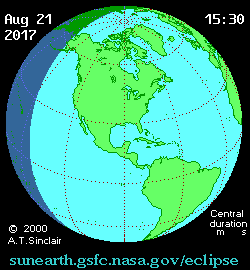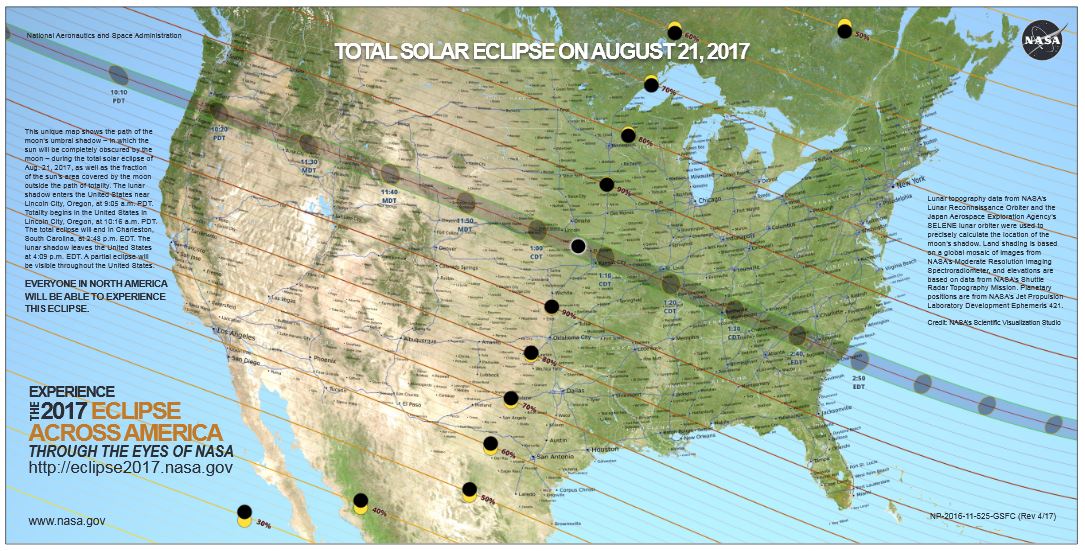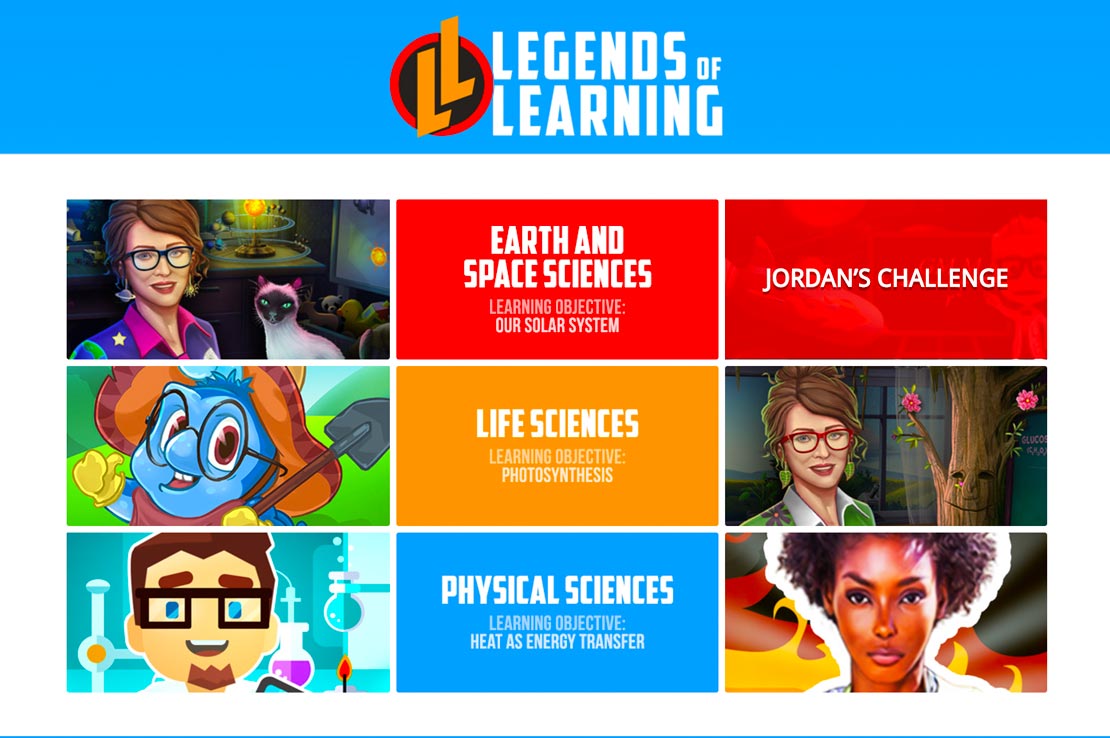16 Learning Resources to Study the Total Solar Eclipse
A total solar eclipse is one of the most awe-inspiring celestial events, offering a unique opportunity to explore science in action. Whether you’re a teacher looking to engage students, a parent fostering curiosity, or a student eager to understand the mechanics behind this phenomenon, the right resources can make all the difference.
From interactive simulations and hands-on activities to videos and expert explanations, we’ve compiled 16 top learning resources to help your students experience the eclipse like never before.
Eclipses and Seasons Learning Objective will not only explain the science behind eclipses but also provide practical ways to observe and appreciate this rare event.
Get ready to explore the mysteries of the cosmos and make the most of this extraordinary moment in the sky!

Websites
- Educational Materials and Videos from the American Astronomical Society (AAS). When you ask for standards-based materials about eclipses, you get them from the AAS. The organization’s website contains all sorts of supplementary content, including an NGSS storytelling approach to classroom instruction.
- Total Solar Eclipse 2017. Besides the AAS, start your search for solar eclipse resources with a sure bet—NASA. The site offers classroom activities, downloadables, and information about becoming a Citizen Explorer. Take a look at the events drop-down, too; it includes NASA’s live stream and information about hosting a total solar eclipse event in your community.
Interactive Media
- Eclipse2017.org App. Go mobile with the Eclipse2017 app. With it, students will learn about eclipses and how to find the best location to watch “totality” occur. (Available on iOS and Android)
- Eclipses and Seasons. Encourage engagement and solidify learning objectives with Legends of Learning’s seven games about eclipses and seasons. If wishing to cross into other science subjects, look at the “The Sun, Moon, and Stars: Patterns of Apparent Motion” games, as well as “Our Solar System.”
- JavaScript Solar Eclipse Explorer. Eclipses are historical events, and this web-based calculator provides data not only on past eclipses but also on future ones.
- NASA’s Extremely Accurate Map for August’s Total Solar Eclipse. Use this tool to combine geography and science. Students can use the tool to identify the best states for solar eclipse watching on August 21, 2017.
- SpaceMath. Show students how mathematics applies to real-world scientific studies with this in-depth resource from NASA. The page features numerous math activities designed to present eclipses and astronomy in a “different light.”
- THE GREAT AMERICAN ECLIPSE. With this resource, your classroom can watch the total solar eclipse in real-time. Discover’s Science Channel will cover the eclipse as it happens, then follow up with a one-hour special during primetime.
- Total Solar Eclipse Animation. Prepare students for the eclipse launch date with PBS NOVA’s animation. For additional classroom resources, check out PBS’ toolkit, webinar, and videos.

Classroom Activities
- Build a Sun Funnel. Spend the first few weeks of August with a collaborative science project, the Sun Funnel. While inexpensive, the funnel takes some time and expertise to build, so you may want to practice building one at home before introducing the project to the classroom. For simpler versions of the concept, consider using the Exploratorium’s instructions for building a pinhole camera from a UPS shipping container or SPACE’s shoebox concept.
- Create an Eclipse in the Classroom. Styrofoam and cardboard possess magical properties, becoming anything from molecules and atoms to planetary systems. Follow the guide to help students create Earth-Moon-Sun systems and explore how solar and lunar eclipses work.
- Exploring the Solar System: Solar Eclipse. This instructional tool uses an inflatable Earth to teach students three curriculum-based learning objectives. Provided by the National Informal STEM Education (NISE) Network, the tool includes resources for English- and Spanish-speaking students.
- How to Film or Photograph the 2017 Solar Eclipse Like a Pro. Unite the arts and sciences with SPACE’s instructions on how to film or photograph the solar eclipse. Warning: This resource features some advanced photography and film techniques, so you’ll either want to use it with advanced photography students or adapt the methods to your particular classroom.
- Yardstick Eclipse Activity. This classroom activity from the Astronomical Society of the Pacific (ASP) caters to the older crowd that may be less than pleased with cardboard and Styrofoam projects. You can create the activity from scratch or purchase a pre-made kit for $35.00.

Other Resources
- Eclipse Bulletin: Total Solar Eclipse of 2017. Two leading experts on eclipses, Fred Espenak and Jay Anderson spill the proverbial beans on everything students could possibly want to know about the upcoming total solar eclipse. (Price: $19.99, black and white; $34.99, color)
- Eclipse Kit from NASA. With NASA’s kit, you’ll be amply prepared with activities and answers for curious students. NASA also provides a more expansive activity guide for the August 21 total solar eclipse and general eclipse lesson plans.
Did you teach about lunar and solar eclipses before? What are your favorite lesson plans, activities, or resources?
Share your thoughts in the comments or start a thread in the community forum.




